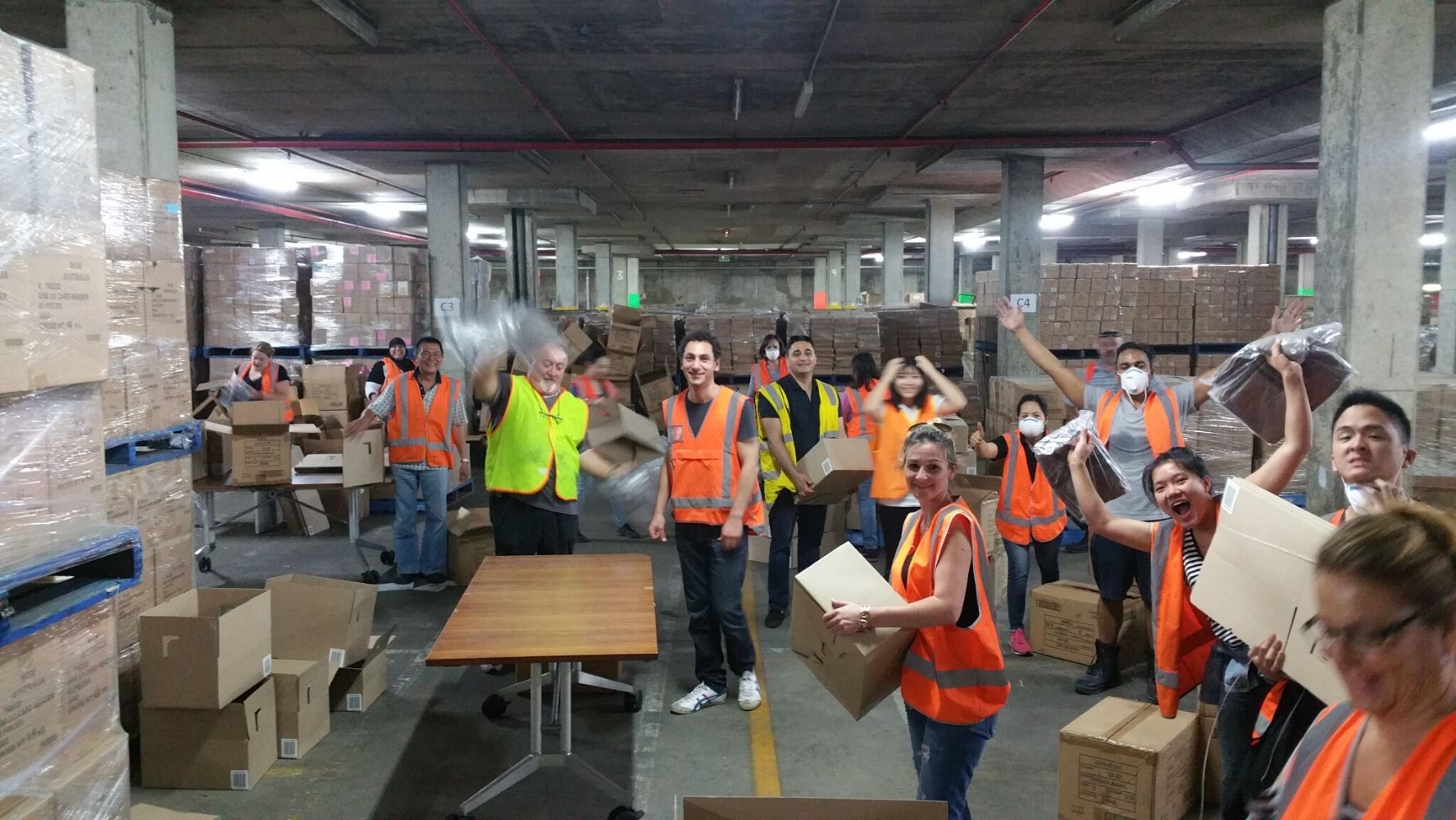A common challenge for not-for-profits is treading the line between attempting to keep overheads low and investing in fundraising initiatives and their SYSTEMS AND PROCESSES. This generates more money and resources overall for the cause but also more overheads.
Sydney Story Factory received initial untagged start-up funding from the VFFF, and the McLean Foundation and UBS, all of which committed for three years, allowing them to get their programs off the ground. After a year of operations, VFFF and the Limb Family Foundation co-funded the employment of a development manager, which led to the Sydney Story Factory tripling their income in the next three years. Through investing in their own people - the Sydney Story Factory now has 14 paid staff members - the organisation has been able to train more than 1900 volunteers, an incredible 1000 of whom are currently active. Last year, the Story Factory took enrolments from more than 3500 marginalised young people from across Sydney and Western Sydney. Their impact and growth is a credit to the investment in the overhead expense of setting up the right infrastructure early on.
“It completely transformed what it was that we could do … until then I was the only one who did fundraising and was also trying to run the centre and there is just no way that we could have got that much money in the door”
To maximise the impact of your donations, try to assess a not-for-profit on how they perform overall in raising funds and through the longer-term benefit they provide.
INVESTING IN GROWTH CASE STUDY
Source: Sydney Story Factory
BUILDING THE TEAM
CASE STUDY
Source: Youth Food Movement
Many not for profit start-ups struggle to get off the ground, with founders often having to juggle between their day job, proving their model and building a track record of the organisation’s impact.
Donors may be reluctant to fund the start up human resource costs of charities, as it is commonly assumed that a charity’s social impact is only created through their direct service provision. HOWEVER, INVESTING IN LEADERSHIP OF ORGANISATIONS AS WELL AS THE PROFESSIONAL DEVELOPMENT OF ALL STAFF IS CRITICAL TO REALISING ORGANISATIONAL IMPACT.
Certainly, the transition from a side project to a viable standalone organisation can be of great difficulty. Nevertheless, investments to build the capacity of not for profits at the pivotal early growth stage can significantly assist them to mature and generate meaningful impact.
After obtaining initial grants from the City of Sydney Council and NSW State Government, Youth Food Movement (YFM) received three-year operational funding totalling over $580,000 from the Vincent Fairfax Family Foundation. This longer term, overhead funding gave certainty and resource for YFM to become a full-time job for the founder, Alexandra Iljadica and her business partner and allowed them to employ two more permanent staff.
At a very crucial stage, the three-year funding enabled YFM to redefine their business model and build their core foundations from which they could scale their social impact on the Australian agriculture sector. Today, YFM has expanded its number and variety of activities that collectively generate further impact at a sustainable level.
NOT-FOR-PROFITs OPERATE IN A BUSINESS ENVIRONMENT, WHICH SUBJECT THEM TO THE SAME DEMANDS FOR RESPONSIVENESS AND FLEXIBILITY. hOWEVER, THEY ARE USUALLY CONSTRAINED BY FACTORS SUCH AS TIED PROJECT BASED FUNDING THAT HINDERS THEIR ABILITY TO MAKE THE BEST COMMERCIAL DECISIONS AND ALLOCATE RESOURCES TO ACHIEVE THE MOST IMPACt.
Good360 connect unused brand new goods with charities across Australia, achieving many social benefits including reducing waste and resourcing charities who in turn help Australians in need around the country. When Founder and Managing Director Alison Covington brought Good360 to Australia from the US, she had to navigate a risk-averse philanthropic environment to raise the funding required to build a not-for-profit with sufficient capacity to meet their goals. Initially powered by a workforce of volunteers, they have cultivated a deep relationship with eight funders who collaborated on operational funding to enable Good360 to hire the core staff required to get the organisation running. Their original eight funders signed on for an initial three-year commitment, providing them with the certainty of funding to continue to grow.
“‘We couldn’t continue to exist using just volunteers. We needed core staff, but you can’t write employment contracts if you don’t have longer term commitments of funding. You can’t go out and get good people, if you don’t have that certainty.’
”
Good360 is now building capacity through their IT systems and new programs that will allow them to grow from over $12M of goods distributed a year to over $200M of goods a year within a 5 year period and therefore significantly increase the impact that flows into the community. To achieve this over 16 times growth, they only need to invest 3 times more in their current overheads but raising these kinds of funds in an overhead focused market will prove difficult. If the impact to be achieved was examined instead, then the return on investment would be an easy sell. Combined funding can help spread the risk for funders, and unlock greater impact.
COLLABORATING FOR IMPACT
CASE STUDY
““When philanthropy collaborates, you can achieve amazing impacts””




